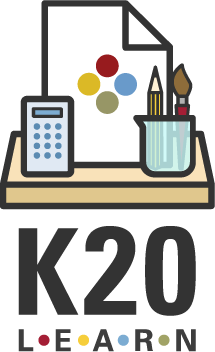Summary
This collection of Algebra 1 lessons integrates the use of calculators to support students in problem solving and conceptual understanding.Resources

In this lesson, students toss balls of trash, or "trashketballs," into a wastebasket, recording their shooting percentage at various distances from the basket. With distances measured and percentages figured, students create a scatter plot and a line of best fit to make a linear model of the shooting... Read more »
Trashketball: Part 1
Scatter Plots and Lines of Best Fit
- Algebra 1, Middle School Mathematics
- Mathematics
- 8th - 9th
- PA.A.1.1, PA.A.1.2, A1.F.1.2, A1.D.1.2, AF301

Students gather and analyze data, identifying all possible data that is less than, less than or equal to, equal to, greater than or equal to, or greater than the generated line of best fit. Read more »
Trashketball: Part 2
Linear Inequalities
- Algebra 1
- Mathematics
- 9th Grade
- A1.A.2.1, A1.D.1.2, AF602, AF702

Students will use a graphing tool to analyze basic transformations on linear, absolute value, and quadratic parent graphs in order to create general rules about function transformations. Read more »
Transformers, Part 1
Function Transformations
- Algebra 1, Intermediate Algebra
- Mathematics
- 8th - 10th
- A1.F.2.2, AF604

Students model population growth across continents to discover the difference between linear and exponential models. Students should already be familiar with both linear and exponential functions and equations. Read more »
We the People
Linear vs. Exponential Growth
- Algebra 1
- Mathematics
- 9th Grade
- A1.F.2.1, F702

Students will practice data analysis by studying tables and scatterplots. Information regarding the costs of resident and non-resident college tuition and available financial aid. Students will create representations of the data and theorize possible reasons behind the change in education costs over... Read more »
Plotting Your College Future
Tables and Graphs
- Algebra 1
- Mathematics
- 9th Grade
- A1.F.1.5, A1.D.1.2, AF303

Students will learn to generate and analyze graphs given a table of data. Read more »
Tuition Costs and STEM Graduates
Tables and Graphs
- Algebra 1
- Mathematics
- 9th Grade
- A1.A.4.4, A1.F.2.1
Standards
This work is licensed under a Creative Commons CC BY-SA 4.0 License.
Report copyright infringement »

